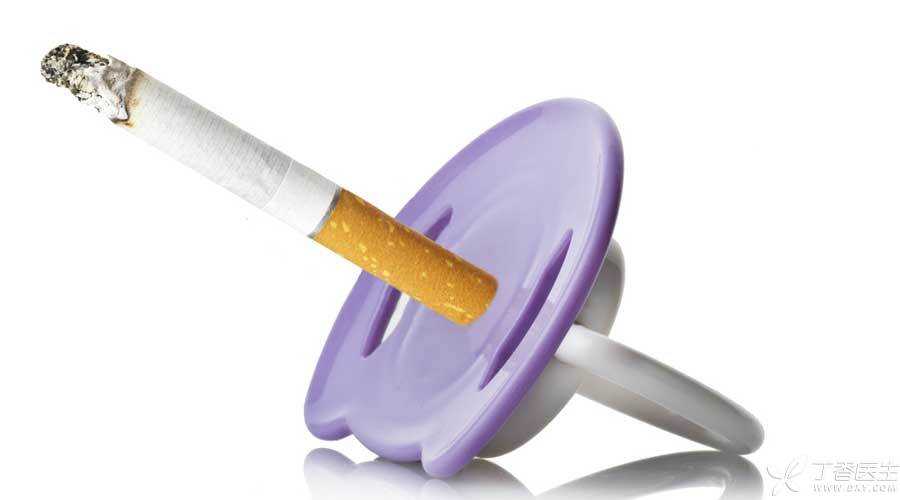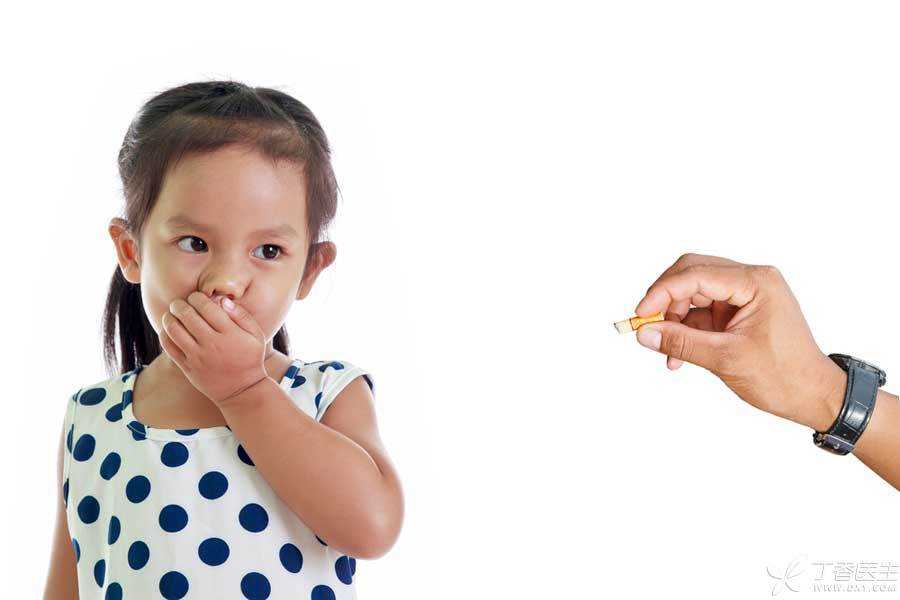
Everyone knows that smoking is harmful to health. In fact, the harm of second-hand smoke cannot be underestimated. Second-hand smoke has long been recognized as one of the major causes of premature death and diseases in the world.
In China, a living life passes every five minutes due to secondhand smoke. Exposure to secondhand smoke can not only lead to serious diseases such as lung cancer, coronary heart disease, breast cancer, sinus cancer, It can also lead to bronchial asthma, lung function decline and other diseases. For developing children and adolescents whose body function system is not yet fully mature, secondhand smoke is even more harmful.
The Story of Friends and Children
My friend Zhao Nvshi, her child Doudou, was severely affected by second-hand smoke.
Doudou, who is more than four years old, has not been in good health. It is easy to catch a cold, cough and sore throat. More than two years old, he was also diagnosed with asthma. Seeing the sad appearance after the child got sick, Zhao Nvshi and his wife always felt distressed.
During one treatment, the doctor mentioned whether anyone in the family smoked, which might increase the number of asthma attacks in the child. Zhao Nvshi realized what the problem might be.
It turns out that because the couple are busy with their work, Zhao Nvshi entrusted his parents, Doug’s grandparents to take care of Doug. Grandpa is a heavy smoker, although since he began to take care of Doug, he has consciously reduced the amount of smoking, and every time he smokes on the balcony, smoking well before returning to the house. However, this may still be the cause of asthma and respiratory diseases in children.
After realizing this, Zhao Nvshi took Doudou back to his home to take care of him on the one hand, and urged his father to give up smoking on the other.
Fortunately, after Doudou returned home, the number of asthma attacks decreased a lot. After this, Grandpa Doudou also made up his mind and gave up smoking for more than 40 years.
Second-hand smoke is more harmful to children.
Secondhand smoke, also known as tobacco smoke pollution, includes not only the mainstream smoke emitted by smokers, but also the side-stream smoke directly emitted from cigarettes, cigars or pipes, that is, the gas exhaled by smokers and the smoke when the cigarettes themselves burn.
The vast majority of particulate matter in tobacco smoke is PM 2.5, which also includes a large number of polycyclic aromatic hydrocarbons, arsenic, benzene, nitrosamines and other harmful substances.
The “Report on Health Hazards of Smoking in China” released by the Ministry of Health in 2012 also clearly pointed out:
There is no so-called “safe level” of second-hand smoke exposure. Any dose of second-hand smoke intake will have an impact. The more you inhale, the greater the risk. When people smoke indoors, no matter installing exhaust fans, air conditioners or other ventilation and air filtration devices, non-smokers cannot be prevented from inhaling second-hand smoke.
Search the Internet casually, you can see a lot of relevant news. Adults in the family smoke, the damage to children’s health cannot be ignored. Long-term exposure to secondhand smoke is very harmful to people’s health, especially to children and adolescents who are growing and developing.




In proportion to body weight, children breathe more air than adults, thus inhaling more pollutants. In other words, in the same environment of second-hand smoke, children will inhale more second-hand smoke and suffer more harm.
The main harm of secondhand smoke to children lies in damaging the health of respiratory system and brain. However, diseases such as bronchitis and pneumonia caused by secondhand smoke are more serious in children than in adults.
According to the assessment of the World Health Organization, the hazards of second-hand smoke to children mainly include: causing childhood asthma, sudden infant death syndrome, tracheitis, pneumonia and ear inflammation.
Relevant statistics from the United States show that:
Second-hand smoke has led to an increase in the incidence of asthma among 200,000 to 1 million children and aggravated their symptoms. A total of 150,000 to 300,000 children under 8 years old have respiratory tract infections caused by second-hand smoke. About 15,000 of them require hospitalization. Every year, about 1,900 to 2,700 cases of sudden infant death syndrome are believed to be related to secondhand smoke pollution. In addition, children who smoke passively are more likely to develop otitis media due to long-term smoke stimulation of eustachian tubes.
Quit smoking for yourself and for your grandchildren.
Secondhand smoke in public places and even in families silently harms children’s health.
How can flowers grow healthily under the smoke and fog?
Therefore, it is particularly urgent and important to create a completely smoke-free environment.
Countries that have already done so have indeed received very good results.
In the UK, the Health Act was introduced in July 2007. The Act requires that all buildings and vehicles open to the public be completely smoke-free.
An analysis of the data from April 2002 to November 2010 shows that the number of children hospitalized for asthma decreased by 3.4% every year after the smoke-free law was implemented, which is equivalent to 6,802 fewer children hospitalized in the first three years after the smoke-free law was implemented.
More recently, Hong Kong has implemented a smoke-free law since January 1, 2007.
During the first year of implementation of the law, the admission rate of children with respiratory tract infection decreased by 47.7%, and in the six years after the implementation, the admission rate of lower respiratory tract infection decreased by an average of 13.9% per year, and the number of children with lower respiratory tract infection decreased by 13,657 cases.
The above results are sufficient to prove how obvious a comprehensive smoke-free environment plays an important role in protecting the health of teenagers and children.

Hurry up and give up smoking.
In order to prevent children from suffering from the discomfort caused by second-hand smoke and teenagers from suffering from diseases caused by second-hand smoke, Dr. Clove suggested that both families and society should do their best to create a smoke-free environment. Smooth breathing and clean air should enable children to have a healthy childhood without smoke.
One more emphasis: don’t think as long as you don’t smoke in front of your children. Experts believe that even after the smoke clears, the residual substances attached to the house and clothes may continue to cause harm.
For the sake of your own body and the health of your grandchildren and other children in your family, act now and make up your mind to quit smoking.
